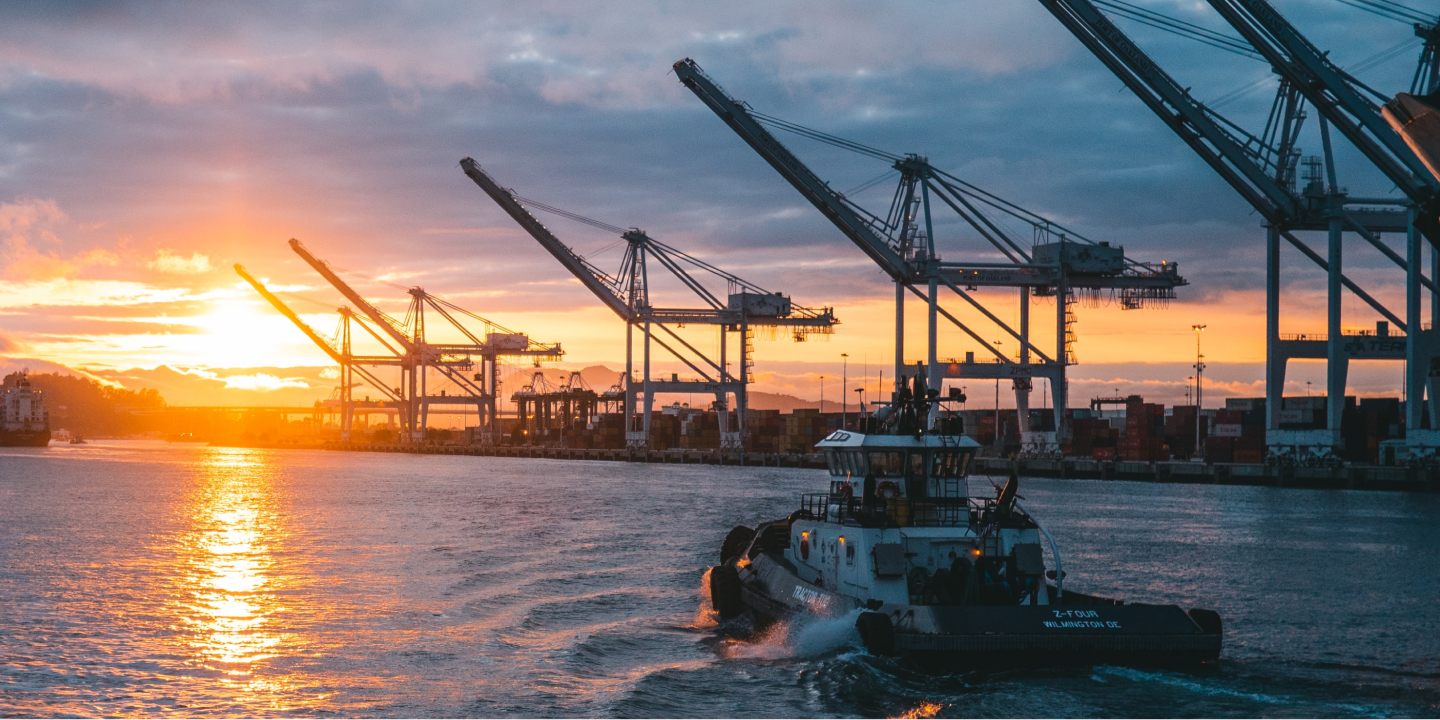How To Create Your Own Sustainable Supply Chain

Sustainability in the supply chain has become popular through the years due to the pressure of governments and people to protect the environment.
A study by Coyote Logistics has shown that 81% of companies are focusing more on sustainability than in the last three years.
Although sustainability is the future of the supply chain, not all companies know when and where to start in building their own sustainable supply chain.
To guide you with this, we will show you ways in creating a sustainable supply chain. This will not just help you to gain more profits but you will also help the world to recover from the damage it took from pollution and climate change.
Defining Sustainability in the Supply Chain
Sustainability in the supply chain aims to protect its surroundings by applying environmental, social, and economic considerations in the processes of the supply chain. Sustainability also covers other aspects such as human rights, labor rights, and fair working conditions.
The word sustainable may mean that it is all about protecting the environment. However, there is more to that. When you say that your supply chain is sustainable, it means that it can easily be managed and maintained.
From sourcing raw materials to production and delivery, it monitors these processes to ensure that companies have less impact on the environment and society.
Building a Sustainable Supply Chain
As the years pass by, apart from the pressure of the government and the people, corporates and small businesses now see their responsibility in protecting the environment and their stakeholders. Thus, the reason why many companies aim to have sustainability in their supply chain.
Below are the ways to create sustainability in your supply chain:
- Analyze your supply chain
The first step in creating sustainability in your supply chain is to assess it. You can break it down into various elements and check what elements can be improved.
Some elements will be obvious such as the emission of machines used in your production. However, there will be plenty of other factors that you may not notice immediately.
You could also check the working conditions if it is safe and suitable for your employees or if you produce harmful chemicals. Identifying these things will help you where to start creating your sustainable supply chain.
- Adopting a circular supply chain
Most of the time, the supply chain begins with materials that are shipped to manufacturers. The manufactured products will then be distributed and sold to the final destination. Once they have been used, the products are disposed of by consumers which end up in waste.
The circular supply chain has taken the proverb, “One man’s trash is another man’s treasure” to a new level. Adopting a circular supply chain will allow you to recycle or create new things with waste materials. Thus, it can be resold to consumers.
Additionally, a survey has shown that 83% of the respondents believe that it is important for companies to design products that can be reused or recycled.
Thus, adopting a circular supply chain does not just help you to meet your corporate social responsibility (CSR) but also allows you to gain more profits.
- Check for alternative supplies
One of the steps to achieve sustainability is to check for alternatives that have less impact on the environment. Instead of using fossil fuels, you may want to use solar panels as an alternative energy source.
Also, you can source sustainable materials to be used in your production to lessen the impact of your supply chain on the environment and society.
- Engage with your suppliers
In order to continue your sustainable supply chain initiatives, you must have great support from your suppliers.
You can ask your suppliers questions about their initiatives in implementing sustainability in their processes. Having a supplier that has the same objectives will make your initiatives easier to attain.
- Collaborate with other companies in your common industry
Many companies realized that complex sustainable supply chain challenges cannot be solved alone.
Working with other companies that share the same supply chain processes can set common standards or best practices that all companies can benefit from.
Working with other people in the industry is a great way to acquire and share valuable knowledge about sustainability.
Author Bio:
Marijn Overvest is a former lead sourcing manager. He has over 20 years of experience in procurement & negotiations: including 10+ years within the commercial department of a large global retailer and over five years in online start-ups & business funding.
He has negotiated deals up to 500 million euros and has dealt with 1500 different products delivered by 70 suppliers every year. Additionally, he created over 300+ negotiation plans, being a sparring partner for procurement managers in their process of creating negotiation plans.






